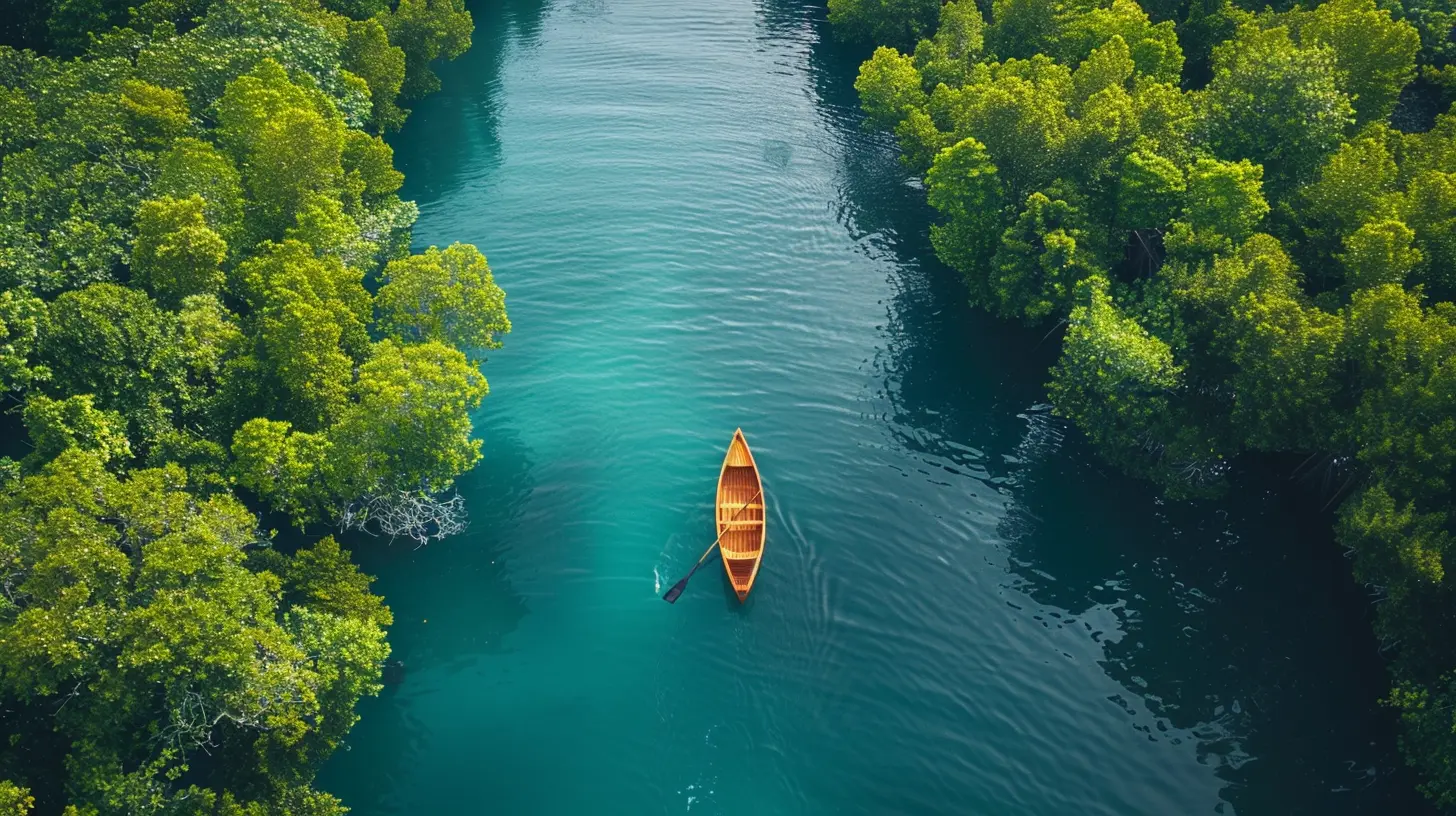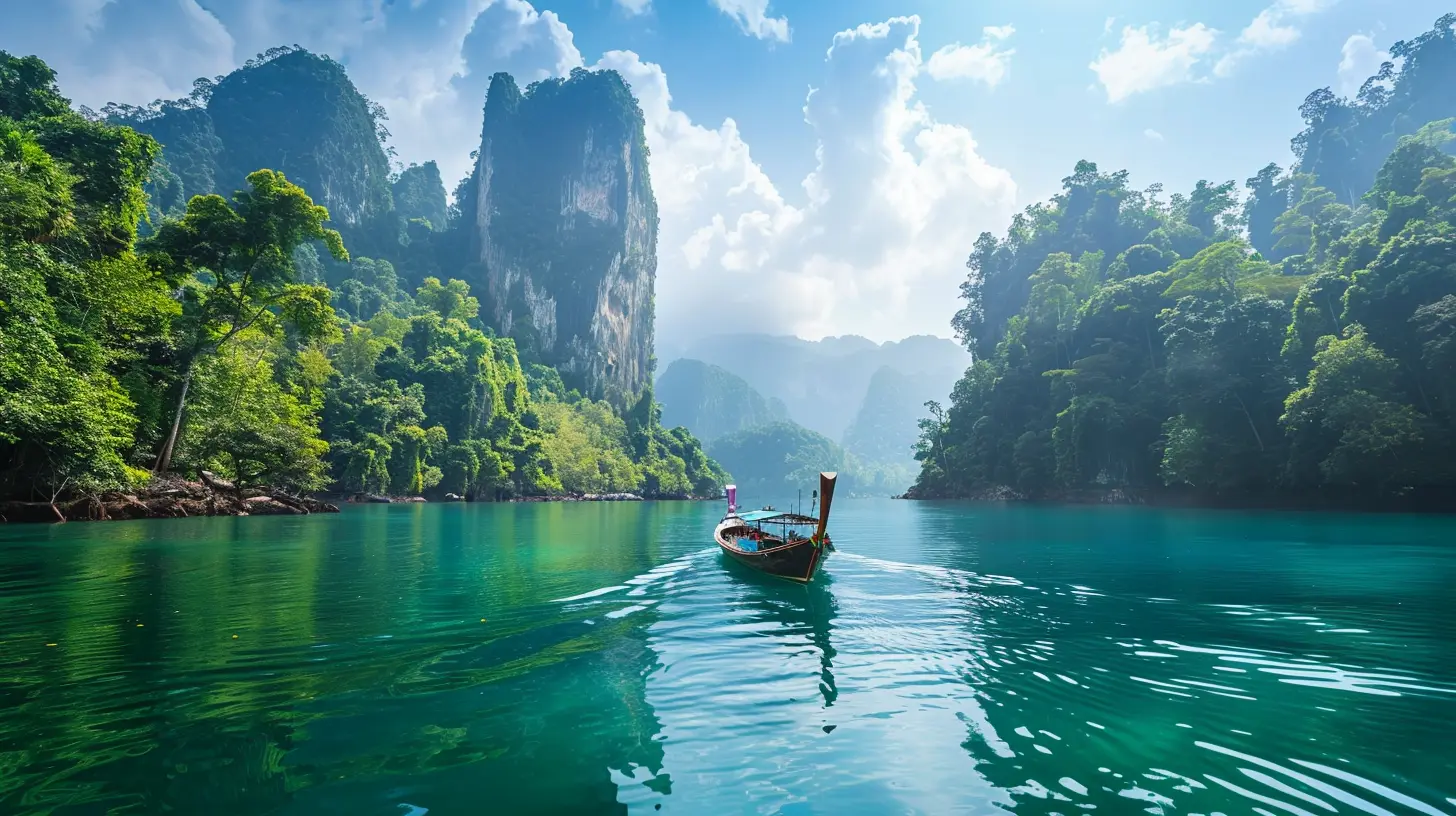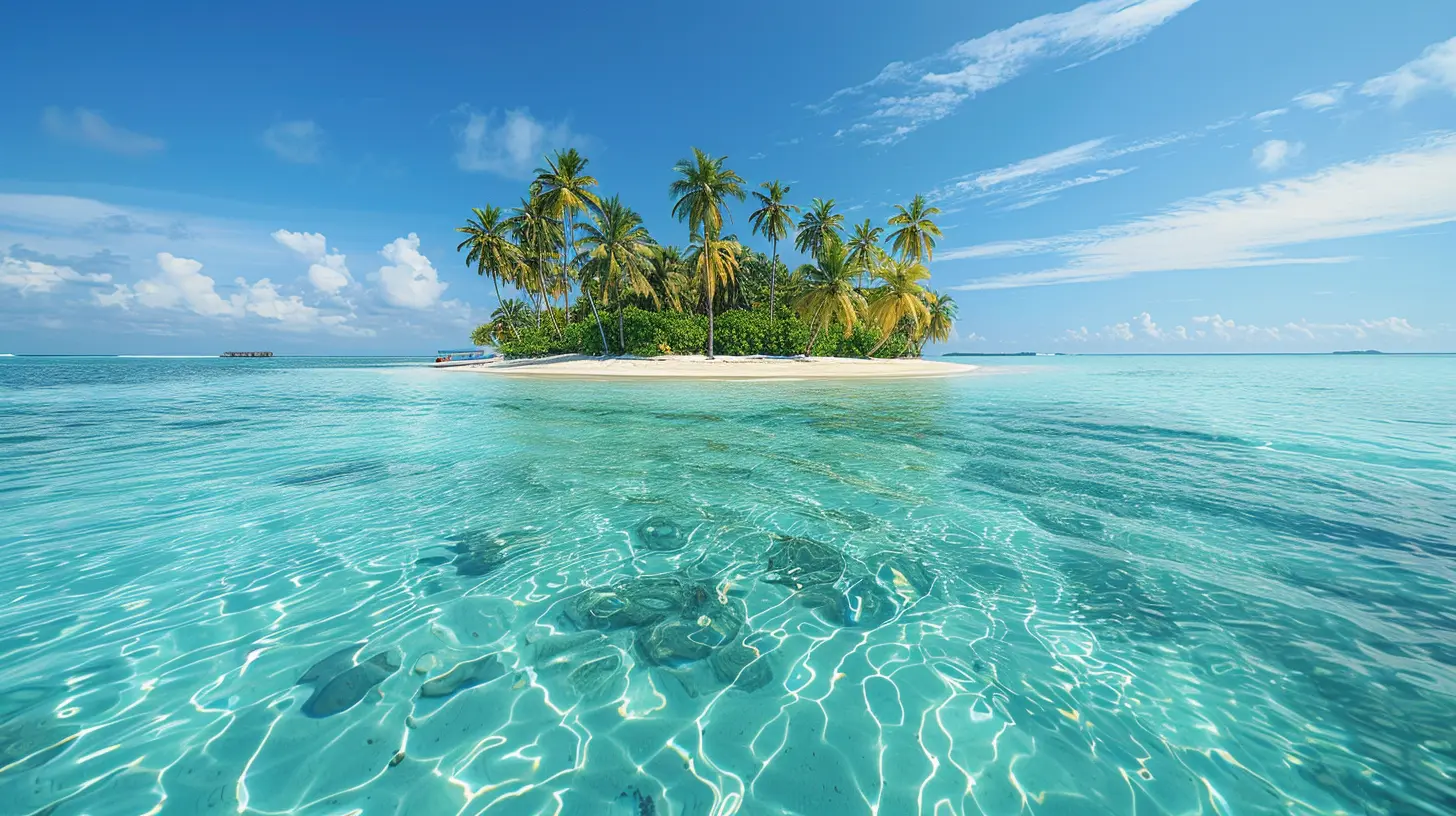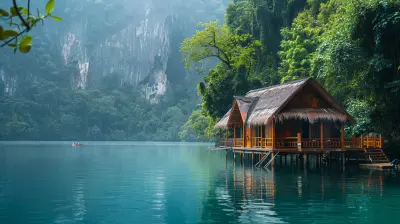Sustainable Island Hopping: Eco-Friendly Ways to Explore the Tropics
21 November 2025
Island hopping is the stuff of dreams, right? Palm-fringed beaches, turquoise waters, boats bouncing from one paradise to another—it’s the ultimate tropical fantasy. But here’s the catch: the way most of us travel between islands leaves a pretty big carbon footprint. From noisy, fuel-guzzling speedboats to plastic waste piling up on serene shores, our vacation bliss can take a toll on these fragile ecosystems.
So, what if we could indulge that island-hopping wanderlust without wrecking the very places we’re trying to enjoy? That’s where sustainable island hopping comes in. It's all about exploring paradise the smart way—with respect, mindfulness, and a lighter impact.
Let’s dive into how you can hop from one dreamy island to another while keeping things green and guilt-free. 🌴🌊
Why Sustainable Island Hopping Matters
You ever arrived in a “remote paradise” and seen more plastic bottles than coconut shells? Yeah, it’s a vibe killer. Tropical islands are some of the most beautiful—but also most vulnerable—places on Earth. They face rising sea levels, over-tourism, and pollution that can destroy coral reefs and marine life faster than you can say “pina colada.”Regular tourism often brings a flood of single-use plastics, excess energy use, and careless behaviors that damage local ecosystems. Boats that burn fossil fuels, sunscreen that bleaches coral, and improperly disposed waste—all add up in places that usually lack the infrastructure to handle large numbers of tourists.
Sustainable island hopping flips the script. It’s about making choices that support local communities, protect the environment, and preserve the magic of these destinations for future travelers.
Planning Your Trip: The Eco-Friendly Game Plan
Before you even pack your bags, your decisions can make or break your travel footprint. Here’s how to lay the groundwork for a truly sustainable escape:1. Choose Eco-Conscious Destinations
Not all islands are in the same boat—pun intended. Some have fully embraced sustainable tourism, while others haven’t quite caught up.Look for islands that:
- Promote eco-tourism or have marine protected areas
- Limit the number of tourists allowed at a time
- Support local conservation or reforestation projects
- Ban single-use plastics or unsustainable fishing
Places like Palawan (Philippines), the Galápagos Islands (Ecuador), and parts of Indonesia like Raja Ampat have solid eco-cred. Do your research or ask fellow travelers for their low-impact favorites.
2. Book Green Accommodations
A beach view isn’t the only thing that matters. Where you stay can make a big difference. Go for lodges or resorts that walk the talk when it comes to the environment.Look for places that:
- Use solar or renewable energy
- Recycle or compost waste
- Offer filtered water to reduce bottles
- Use eco-friendly cleaning products
- Employ local staff and source local food
Bonus points if they have certification like Green Globe, EarthCheck, or LEED.
Getting Around Sustainably
This is where it gets tricky. Island hopping usually involves some sort of boat, and not all boats are created equal. But don’t worry—there are greener options.1. Go Wind-Powered: Sailboats & Catamarans
Why burn fuel when you can ride the wind? Sailing is one of the most eco-friendly ways to island-hop, especially if the boat uses solar panels for power.Tips:
- Choose a charter with eco-friendly certifications
- Ask about their waste disposal and recycling methods
- Opt for small-group or private charters to minimize impact
Sailing also just feels right, like you’re part of some laid-back adventure novel. Picture yourself sipping coffee on deck while dolphins race alongside. Yeah, it’s that good.
2. Public Ferries Over Private Boats
If sailing’s not your thing, go for the next best option—public ferries. They use less fuel per passenger compared to private speedboats and are often operated by locals, so your money stays in the community.Sure, it’s less glamorous than a private yacht, but it’s way more authentic. Plus, it's a great way to meet locals and fellow eco-minded travelers.
3. Paddle When Possible
On shorter routes or around calm coastlines, consider kayaking or paddleboarding. They're the ultimate low-impact transport, offering a close-up view of marine life with zero emissions.
Supporting the Local Economies
Sustainable travel isn't just about the environment—it’s also about giving back to the community. Many tropical islands rely hugely on tourism, but that money doesn’t always stay local. Big chains often suck profits out, leaving local folks with the crumbs.Here's how to make your island-hopping dollars count:
Eat Local
Skip the imported wine and frozen pizza. Instead, hit up family-run beach shacks or food stalls. Not only is the food fresher and more authentic, but you’re also directly supporting someone’s livelihood.Try local fish caught sustainably, fresh coconuts, and regional specialties. Just avoid over-harvested delicacies like shark fin or sea turtle meat.
Shop Local
Souvenirs? Go handmade. Think woven baskets, coconut shell jewelry, or locally-made body care products. Avoid plastic knick-knacks that were probably made halfway around the world anyway.Also, bartering can be fun, but don’t haggle locals down to pennies. What’s loose change for you might be someone else’s rent.
Go Local with Guides and Tours
Many tropical islands have community-run tours—guided hikes, snorkeling trips, cultural shows—where your fee supports the village. These experiences are often way more meaningful than the pre-packaged mega-tours anyway.Respecting Marine Life and Coral Reefs
Ever seen a coral reef that’s turned ghostly white and lifeless? That’s coral bleaching—and tourism is often a contributor. Coral reefs are like underwater cities, home to 25% of marine species. And they’re fragile.Follow these reef-safe rules:
- Never step on coral (it’s alive, not a rock!)
- Use reef-safe sunscreen (no oxybenzone or octinoxate)
- Don’t touch or chase marine animals
- Pick up any trash you see, even if it’s not yours
- Don’t take souvenirs from the sea—shells, starfish, etc.
Some islands even ban regular sunscreens, so pack smart or be ready to buy reef-safe brands locally.
Reducing Waste on the Go
Small islands often don’t have proper waste disposal systems. That plastic water bottle you toss? It might end up in the ocean or on a beach.Here’s how to travel low-waste:
- Bring a reusable water bottle and a filter or purification tablets
- Carry a reusable shopping bag and utensils
- Say no to plastic straws (or pack a metal one)
- Take your trash with you when possible, especially if the island lacks bins
And a quick heads-up—sun, sand, and wind can scatter trash fast. Make sure wrappers, receipts, and tissues don’t blow away unnoticed.
Timing Matters: Travel Off-Peak
Not only is off-season travel easier on your wallet, but it’s also better for the environment. Fewer tourists mean less strain on resources, less trash, and a better experience overall. You’ll have more meaningful interactions with locals, fewer crowds at attractions, and a smoother connection with nature.Just check weather patterns—off-peak in the tropics can sometimes mean monsoon season. But hey, a little rain never hurt anyone, right?
Give Back: Volunteer or Donate
If you’re feeling the island love, why not leave more than footprints?Ways to give back:
- Join beach clean-ups or coral reef monitoring programs
- Volunteer with local conservation initiatives
- Donate to NGOs working on island sustainability
A few hours of your time can help protect the paradise you’re enjoying. Some tours even include a service aspect—like planting mangroves or helping turtles hatch.
Final Thoughts: Travel With Heart and Purpose
Look, sustainable island hopping isn’t about being perfect. It’s about caring enough to try. It’s about realizing that your choices—how you travel, where you stay, what you eat—echo far beyond your vacation time.Every eco-friendly decision is like a ripple across the ocean. One paddle-stroke at a time, we can make tourism a force for good. So next time you jump between islands, do it with heart, humility, and a reusable water bottle.
Because paradise isn’t just a place—it’s a responsibility.
all images in this post were generated using AI tools
Category:
Island HoppingAuthor:

Reed McFadden

